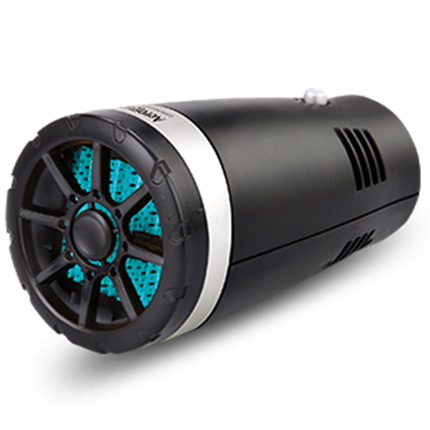accelerator pedal cable
Understanding the Accelerator Pedal Cable A Key Component in Vehicle Performance
The accelerator pedal cable is a crucial component of a vehicle's throttle control system. It connects the accelerator pedal to the throttle body, enabling the driver to control the engine's power output by regulating the amount of air and fuel mixture entering the engine. Understanding the function and maintenance of this cable is essential for vehicle owners who wish to ensure optimal performance and safety while driving.
Functionality of the Accelerator Pedal Cable
When the driver presses the accelerator pedal, the pedal cable transmits this action mechanically or electronically to the throttle body. In traditional systems, this is done through a metal wire that pulls on the throttle lever. In modern vehicles, many are equipped with electronic throttle control (ETC) systems, which utilize sensors and motors instead of a physical cable. However, regardless of the system used, the purpose remains the same to provide smooth and responsive throttle control.
A properly functioning accelerator pedal cable ensures that the engine responds instantly to the driver's input. This is vital for various driving conditions, including overtaking, merging into traffic, and navigating hills. An unresponsive or faulty throttle can lead to dangerous situations, affecting both vehicle performance and safety.
Signs of a Worn or Malfunctioning Cable
As with any mechanical component, the accelerator pedal cable may wear out over time due to friction and exposure to environmental conditions
. There are several signs that vehicle owners can look out for to determine if their accelerator pedal cable may be malfunctioning1. Sticky or Binding Feeling If the accelerator pedal feels stuck or requires significant effort to press down, this might indicate a problem with the cable, such as fraying or kinking. 2. Delayed Response A noticeable delay in the engine’s response to pedal inputs can suggest that the cable is stretching, wearing out, or that there is a problem with the throttle body itself.
accelerator pedal cable

3. Unusual Noises If you hear clicking or grinding noises when pressing the accelerator, this may signify that the cable is damaged and needs immediate attention.
4. Check Engine Light In modern vehicles, a malfunction in the throttle system may trigger the check engine light, prompting further investigation.
Maintenance and Replacement
Regular maintenance of the accelerator pedal cable is vital for ensuring the longevity and reliability of the vehicle's throttle system. Drivers should periodically inspect the cable for any signs of wear, corrosion, or physical damage. Lubrication is also recommended to reduce friction, especially for older vehicles with traditional cable systems.
If degradation is evident or any of the above symptoms are present, the accelerator pedal cable should be replaced promptly. Replacement cables are generally affordable and can be either installed by a professional mechanic or, in some cases, by skilled DIY enthusiasts who have some mechanical knowledge.
Conclusion
The accelerator pedal cable plays a significant role in vehicle performance and safety. Understanding its function, recognizing the signs of wear, and performing regular maintenance can keep your vehicle running smoothly and enhance your driving experience. It's a small but important component that contributes significantly to the overall reliability of your vehicle’s throttle system. Whether driving in the city or on the open highway, a well-maintained accelerator pedal cable ensures that you have the control you need when you need it most.
-
Workings of Clutch Pipe and Hose SystemsNewsJun.04,2025
-
The Inner Workings of Hand Brake Cable SystemsNewsJun.04,2025
-
The Secrets of Throttle and Accelerator CablesNewsJun.04,2025
-
The Hidden Lifeline of Your Transmission Gear Shift CablesNewsJun.04,2025
-
Demystifying Gear Cables and Shift LinkagesNewsJun.04,2025
-
Decoding Clutch Line Systems A Comprehensive GuideNewsJun.04,2025
